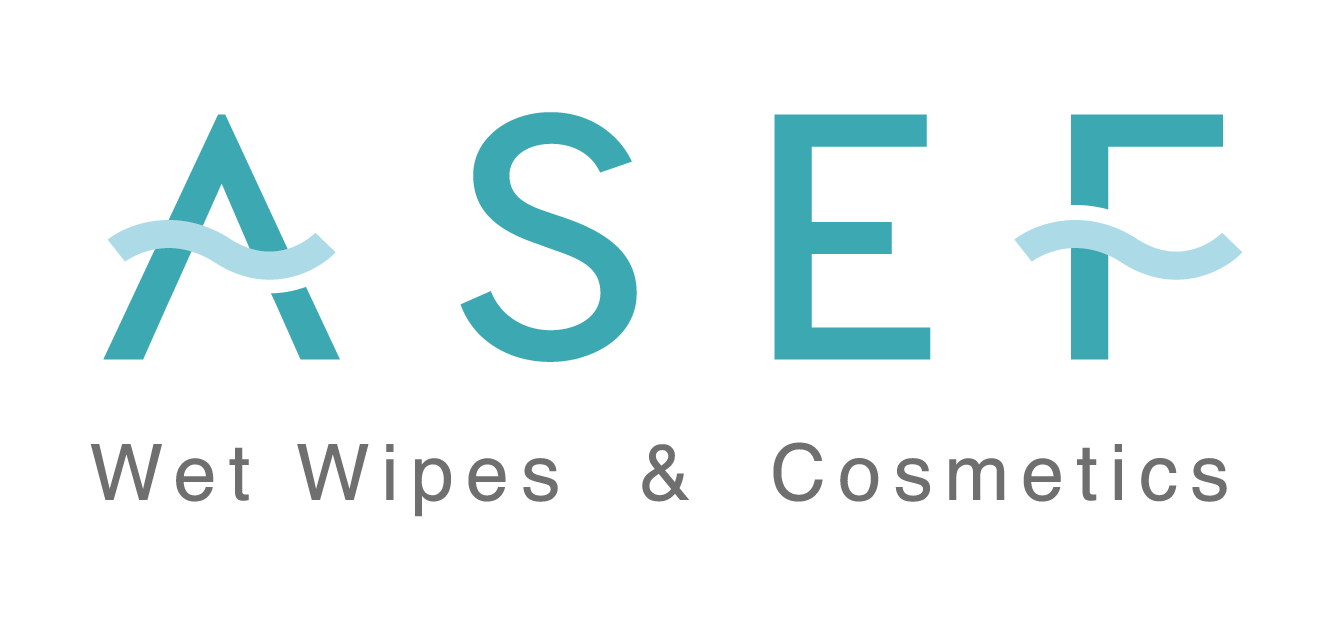Moist Toilet Paper and Flushable Wipes
Moist toilet paper and flushable wipes are two popular hygiene products designed for personal care, particularly for maintaining cleanliness after using the restroom. While they serve similar purposes, they have distinct differences in composition, usage, and environmental impact.
Moist Toilet Paper
- Composition: Moist toilet paper is essentially a softer, pre-moistened version of traditional toilet paper. It is typically made from a combination of water, mild cleansers, and moisturizing agents like aloe vera or vitamin E. Some versions are also infused with soothing ingredients like chamomile.
- Usage: Moist toilet paper is used in place of or alongside dry toilet paper for added cleanliness and comfort. It is designed to be gentle on the skin, providing a more thorough cleaning experience. It’s especially favored by those with sensitive skin or conditions like hemorrhoids, as it can reduce irritation.
- Environmental Impact: While moist toilet paper is often marketed as flushable, not all products are truly safe for sewage systems. The fibers in moist toilet paper can sometimes lead to clogs if not properly treated. It’s important to check whether the product is certified flushable and biodegradable.
Flushable Wipes
- Composition: Flushable wipes are thicker and more durable than moist toilet paper. They are usually made from a combination of fibers that provide strength and are pre-moistened with a cleansing solution. These wipes often contain ingredients to help with odor control, moisturizing, and providing a refreshing sensation.
- Usage: Flushable wipes are widely used for personal hygiene, especially when extra cleaning is needed. They are also handy for on-the-go use, ensuring cleanliness in situations where access to water might be limited. Some people use them in place of toilet paper, while others use them as a finishing touch for added cleanliness.
- Environmental Impact: The term “flushable” can be misleading, as many flushable wipes do not break down as easily as toilet paper, leading to potential plumbing issues and environmental harm. While some brands have made strides in creating more eco-friendly versions, it’s crucial to ensure that the wipes are truly biodegradable and safe for septic systems before flushing them.
Key Considerations
- Flushability: Always look for products certified by wastewater authorities to avoid plumbing issues. Even if a product is labeled as flushable, it’s often safer to dispose of it in the trash.
- Skin Sensitivity: If you have sensitive skin, opt for wipes or moist toilet paper with hypoallergenic and fragrance-free formulations to reduce the risk of irritation.
- Environmental Concerns: For those concerned about the environment, seek out products labeled as biodegradable or compostable, and consider whether you can use traditional toilet paper or a bidet as an alternative to reduce waste.
Both products offer convenience and improved hygiene, but it’s important to use them responsibly to minimize their impact on plumbing and the environment.
